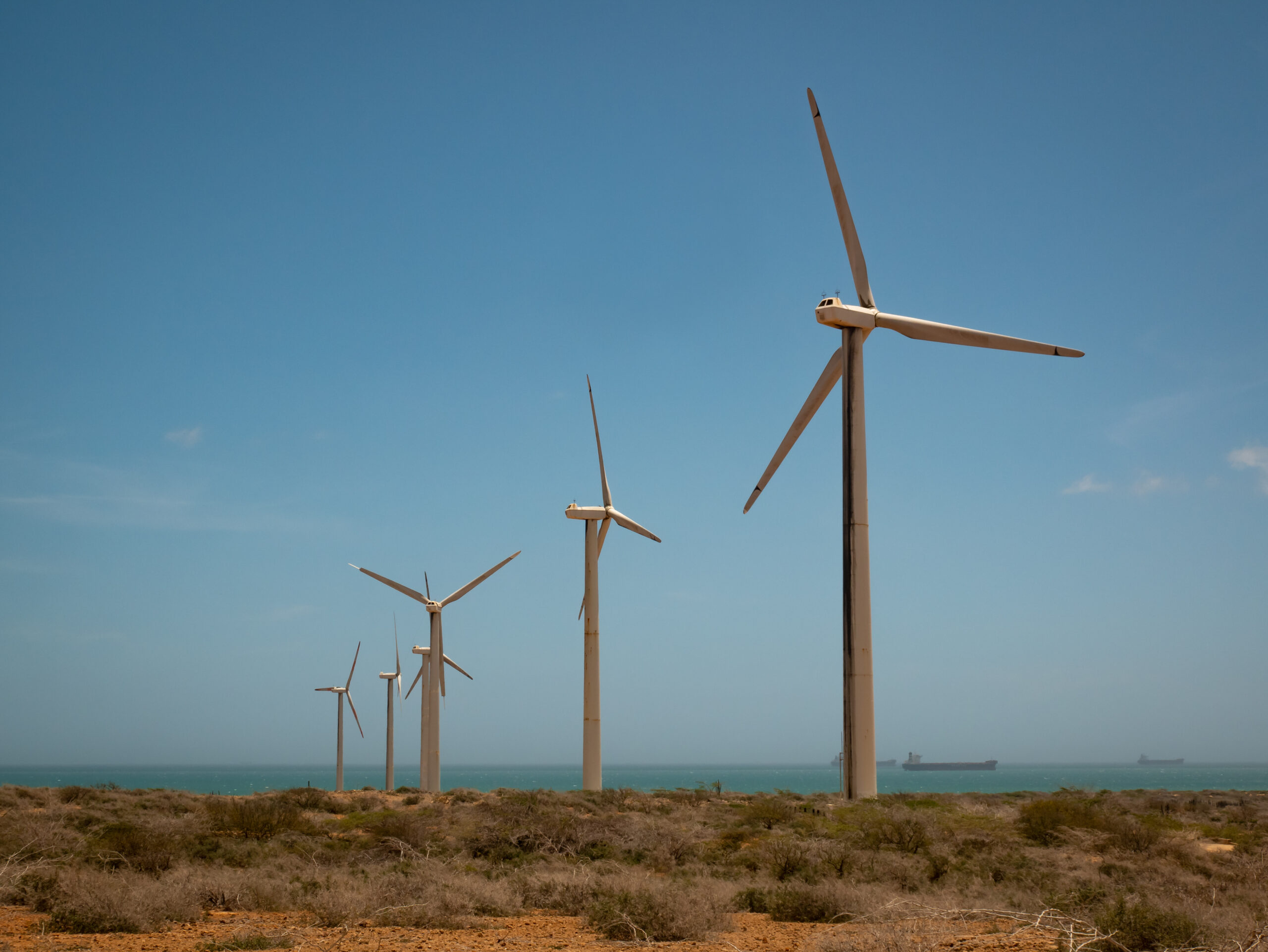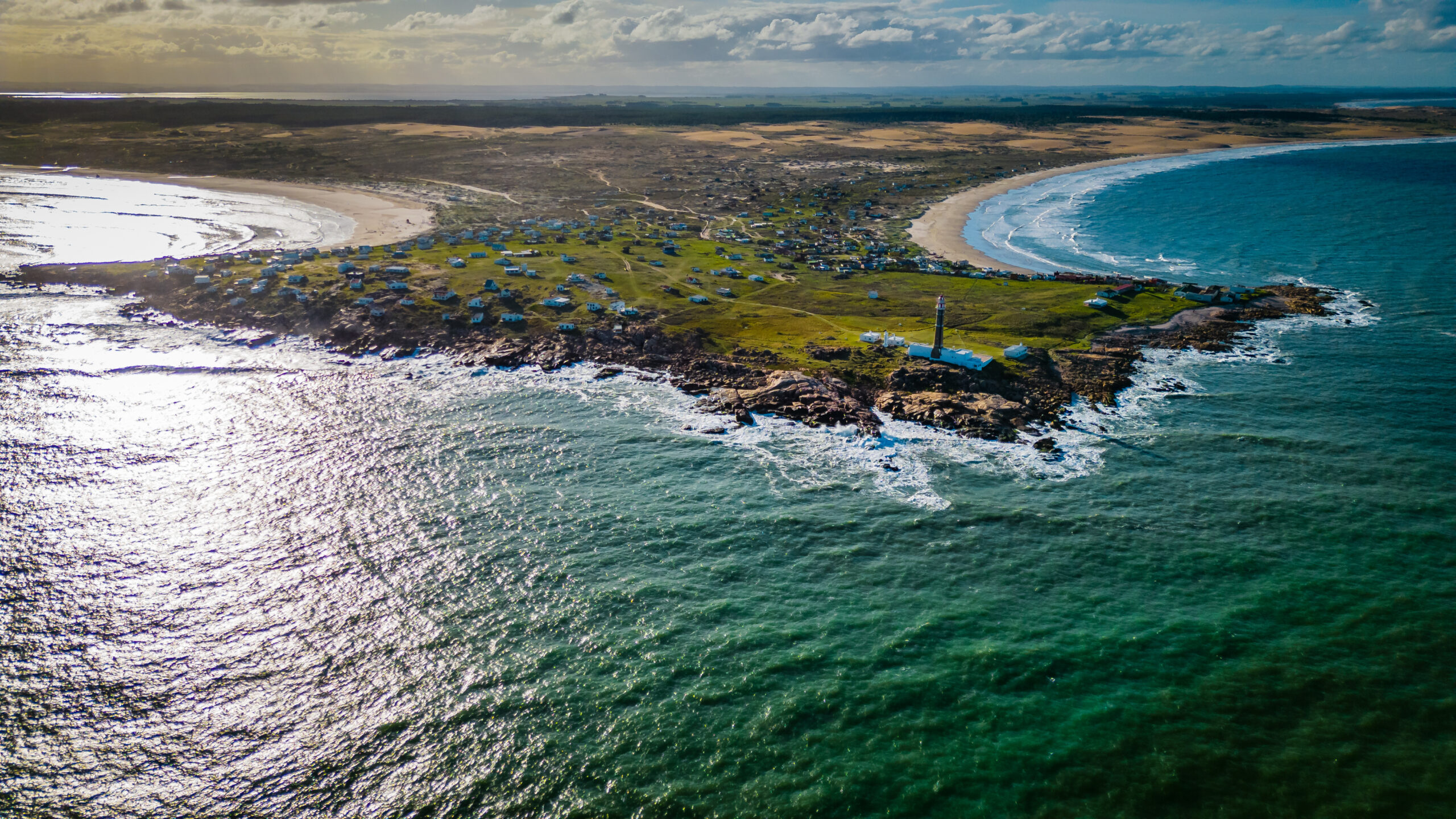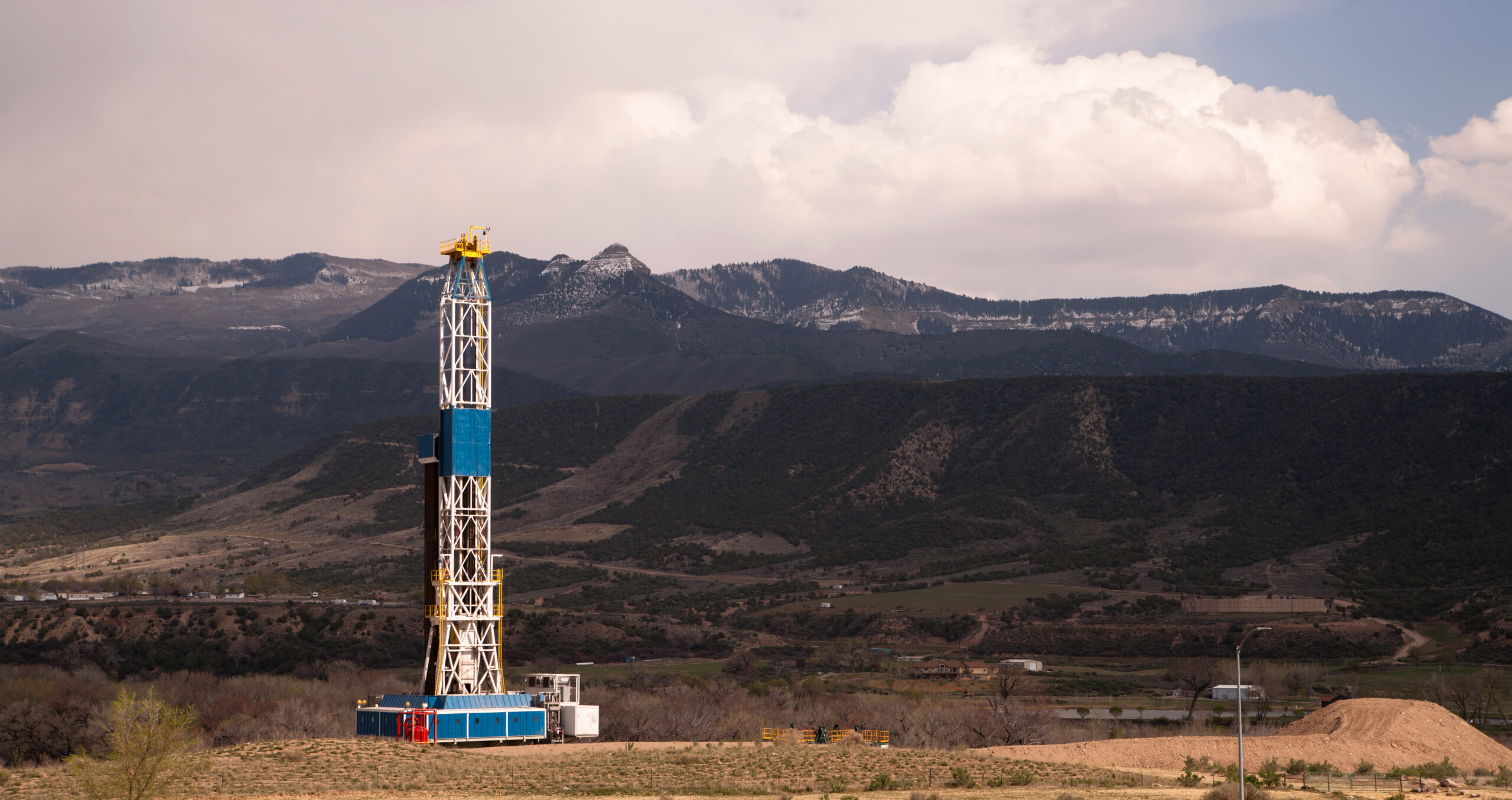Cepsa ploughs $3bn into green hydrogen in Spain
Cepsa said it will invest US$3 billion in Spain in what is set to become Europe’s largest green hydrogen production hub and which industry sources see as a significant step towards establishing the economic viability of this resource.

Cepsa is to build two green hydrogen production plants in Spain, both with a capacity of 1 GW, which will be located in Palos de la Frontera, in the southern province of Huelva, next to Cepsa’s La Rábida Energy Park, and at the company’s San Roque Energy Park in Cádiz, as part of its Andalusian Green Hydrogen Valley project.
The project will produce 300,000 tons of green hydrogen per year, accounting for 50% of Spain’s hydrogen capacity to 2030.
The Huelva plant will start up in 2026, reaching full capacity in 2028, while the Cádiz facility will be operational in 2027. Cepsa is already working on the engineering and administrative processing of the project, it said.
Moreover, it will invest an additional $2 billion to develop a 3 GW wind and solar portfolio to generate renewable electricity to support the hub.
The hydrogen is designed for industrial users as well as for transport, including the generation of by-products such as ammonia and methanol for the supply of green marine fuels at Spanish ports.
“The significance of the project is reflected in that it alone already accounts for 2 of the 4 GW Spain has set as a target for 2030, a spokesperson for Hydrogen Europe Research, an organization representing research centres and universities carrying out research in hydrogen, told Gas Outlook.
This target is going to be reviewed in the short term since Spain already has a renewable hydrogen project portfolio of more than 15.5 GW, it added.
With refineries currently representing the largest grey hydrogen consumers in the EU, the European Free Trade Association and the UK, they have “the greatest chance to pave the way to a green hydrogen market, acting as early adopters” and fostering “large scale green hydrogen production.”
This “will spur similar investments in Europe and create new local and regional value chains as well as massive exchange/distribution of hydrogen,” it added.
“First movers in a nascent industry such as this are always key to establishing the viability of the sector,” a spokesman for the European hydrogen industry’s lobby group, Hydrogen Europe, told Gas Outlook.
Moreover, “the existence of hydrogen production capacities in Europe will encourage potential hydrogen end-users to also pull the trigger on their own investments,” he added.
Export potential
Cepsa also signed a deal with the Dutch Port of Rotterdam for imports of the green hydrogen produced at these new facilities in Spain.
The company estimates that by 2050, Rotterdam will be able to produce some 730 TWh of green hydrogen, leaving a shortfall of around 340 TWh against projected demand, which would be filled by imported hydrogen.
Cepsa said it can produce hydrogen at a price level of below 1.5 euros/kg, placing it competitively against other major exporting nations such as Chile.
Chile expects to produce green hydrogen at price levels of below 1.5 euros/kg, among the lowest in the world, and is also targeting Rotterdam as a major exporting route for its hydrogen.
“The emergence of each new project is more than a competition, it is a necessary evolution, welcomed for the consolidation of the entire global industry,” Marcelo Villagrán, director of the country’s export promotion agency ProChile in The Netherlands and hydrogen leader for Europe, told Gas Outlook.
“In Chile we are convinced of the potential we have as a country, for the production and export of a competitive green hydrogen,” however “our production capacity will be lower than the global demand and it is very important that many actors join in the production of green energies,” he said.
New green corridor
The EU expects its green hydrogen demand to reach 20 million tons by 2030, of which half will be imported.
“It is in this sense that we are moving forward with several European ports and other important actors for the creation of this green corridor,” said Villagrán.
At the same time “we are very happy to see the creation of different hubs worldwide and view this as an opportunity,” he added.
However, “supply chain capacity and technology readiness” concerns warrant “a note of caution” regarding the viability of large-scale green hydrogen projects, David Parkin, director at HyNet North West told Gas Outlook.
HyNet North West is a hydrogen production and carbon capture and storage cluster centred on blue hydrogen, which is being developed in the UK by a consortium led by Progressive Energy and which includes Cadent, Eni UK and Essar Oil UK.
“While we encourage rapid deployment of green hydrogen” including Progressive Energy’s own projects “we will see small scale green hydrogen projects (first) then large-scale blue” and “will only start to see large-scale green by the mid 2030s,” he argued.
The three main factors currently limiting green hydrogen production are the “availability of electrolysers, availability of renewable electricity, and price of renewable electricity,” he said.
“The energy penalty and logistics challenge of shipping significant volumes of hydrogen across Europe shouldn’t be underestimated,” he added.
Moreover “the local markets will develop around production sources in the first instance, and I don’t see European-produced green hydrogen having a material impact on the UK market for several years,” he said.
Blue hydrogen stranded asset risk
At the same time, “blue hydrogen technology remains the most appropriate option for rapid deployment of large-scale production capacity, and it is this which enables the build out of pipeline and storage infrastructure, from which green hydrogen production can subsequently benefit,” said Parkin.
Nonetheless, high gas prices and environmental concerns regarding the cleanliness of this fuel are increasingly raising doubts on the viability of blue hydrogen.
“There is a significant risk that blue hydrogen assets become white elephants,” said ISS ESG, Institutional Shareholder Services Inc.’s responsible investment arm, in July, warning of an increasing risk of stranded assets for this type of investment.



